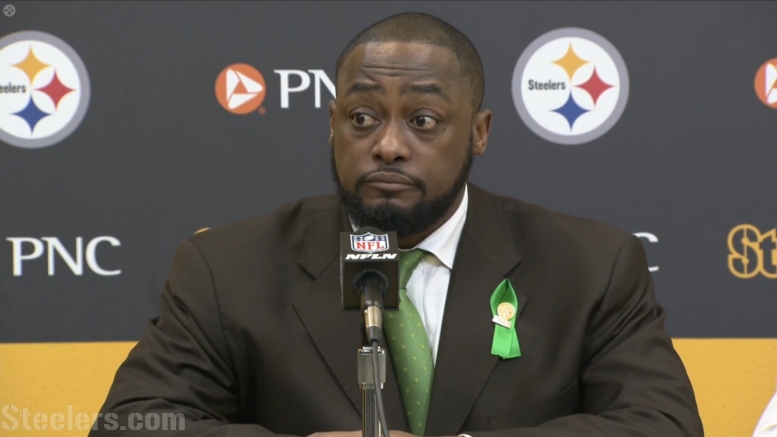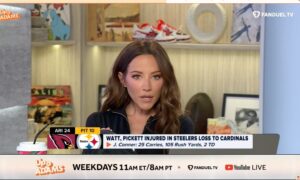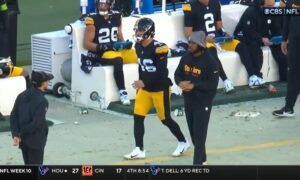Remember the ‘draft trade chart’ that frequently gets talked about? Obviously with the draft over it’s not going to be talked about much again until next year, but it’s probably still a hot-button issue for those Pittsburgh Steelers fans who remain outraged that the team didn’t trade up in the second round to get a cornerback, for example, and one that I use based on frequent comments to that effect on our message boards.
Anyway, apparently, that old chart was out of date. It was originally concocted by Jimmy Johnson for the Cowboys in the 1990s, but many things have changed since then—some of them a while ago, and evidently teams have been reformulating their own trade value scales in recent years to compensate.
Johnson’s original chart was developed before free agency was installed in 1993. It also predated the installation of the salary cap in 1994. Since then, other notable changes have occurred that reshape the perception of value, including the 2011 rescaling of rookie wages and the 2017 introduction of tradeable compensatory draft picks.
This is something that Seahawks general manager John Schneider discussed during the draft after they were involved in some trades, which is something that they have been accustomed to doing within their current administration.
Matt Thomas, Seattle’s VP of football administration—basically their Omar Khan—according to Schneider got together with “a bunch of guys from different teams” in order to “put a new chart together” building off of the initial Johnson blueprint. “So we’re following that now and it’s based off the same principle”.
This is something to consider in the future as we discuss all the trades that do happen from other teams…and all the imaginary trades by the Steelers that don’t happen. In the meantime, let’s explore the example earlier.
The Steelers held the 30th pick in the second round, the 62nd overall. According to an unofficial chart that nonetheless well-reflected Seattle’s trades, the Steelers’ pick was worth 83.98 points. In order to get ahead of the Cowboys and draft Chidobe Awuzie, they would have had to get to the 59th pick, which is worth 90.84 points.
With a different of nearly seven points, the Steelers would have had to five up their fifth-round draft pick, which at 173 overall, was worth 7.10 points. So to move up three spots late in the second round costs a late-fifth-round pick based on this chart.
It is up for you to determine whether or not you consider that fair value. Of course, it would really be up to the Chiefs to decide whether or not that was fair value, and if they wanted to risk losing the player that they took at 59.








